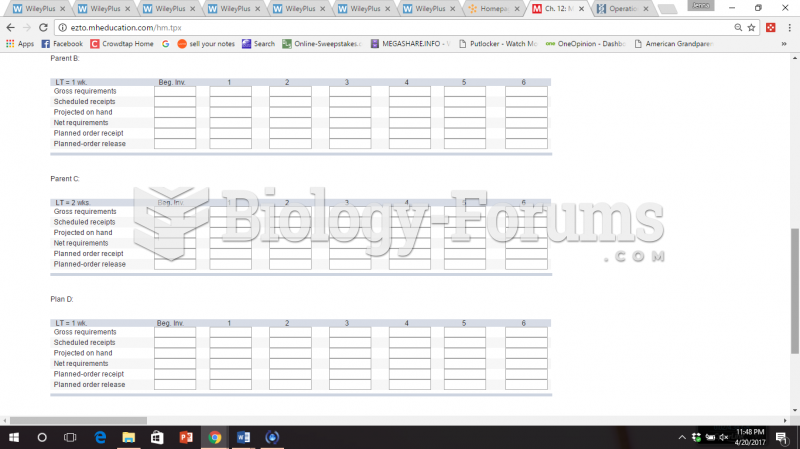Answer to Question 1
Competition has been a characteristic way of life in U.S. companies. Organizations and individuals compete for a greater share of scarce resources, for a limited number of positions at the top of organizations, and for esteem in their professions. Such competition is a healthy sign of the human desire to succeed, and, in terms of economic behavior, competition is fundamental to the private enterprise system. At the same time, when excessive competition replaces the cooperation necessary for success, communication can be diminished, if not eliminated.
Although competition is appropriate and desirable in many situations, many companies have taken steps through open communication and information and reward systems to reduce competition and to increase cooperation. Cooperation is more likely when competitors have an understanding of and appreciation for others' importance and functions. This cooperative spirit is characterized as a win/win philosophy. One person's success is not achieved at the expense or exclusion of another. Groups identify a solution that everyone finds satisfactory and is committed to achieving. Reaching this mutual understanding requires a high degree of trust and effective interpersonal skills, particularly empathetic and intensive listening skills, and the willingness to communicate long enough to agree on an action plan acceptable to everyone.
Answer to Question 2
Many businesses today have downsized and eliminated layers of management. Companies implementing Total Quality Management programs are reorganizing to distribute the decision-making power throughout the organization. The trend is to eliminate functional or departmental boundaries. Instead, work is reorganized in cross-disciplinary teams that perform broad core processes (e.g., product development and sales generation) and not narrow tasks (e.g., forecasting market demand for a particular product).
In a flat organizational structure, communicating across the organization chart (among cross-disciplinary teams) becomes more important than communicating up and down in a top-heavy hierarchy. An individual can take on an expanded role as important tasks are assumed. This role can involve power and authority that surpass the individual's status, or formal position in the organization chart. Much of the communication involves face-to-face meetings with team members rather than numerous, time-consuming handoffs as a product moves methodically from one department to another. Companies such as IKEA, the Swedish furniture manufacturer and retailer, are using flat organizational structures within stores to build an employee attitude of job involvement and ownership.







